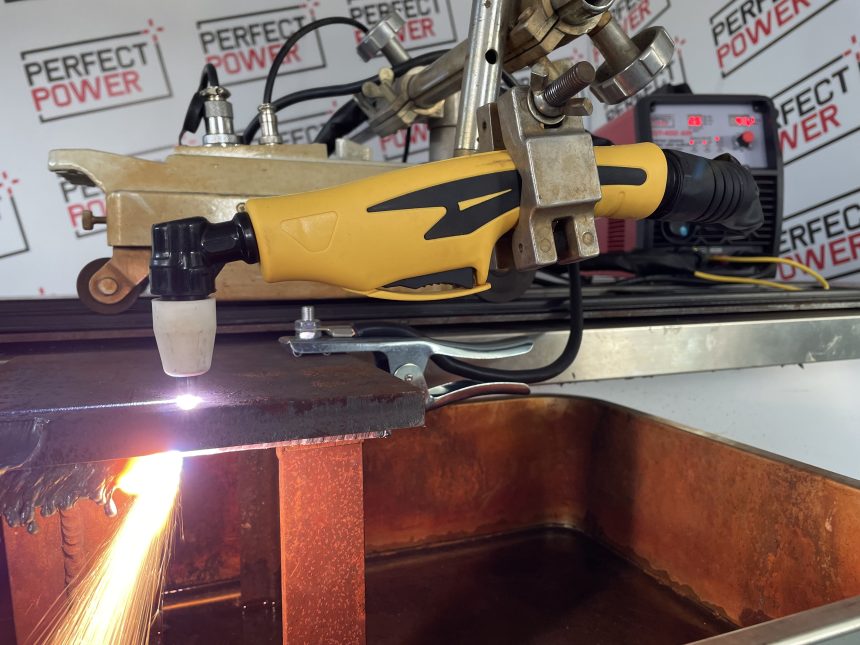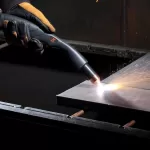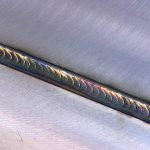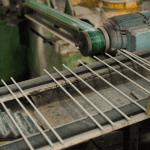From marine salvage to metal fabrication and more, plasma cutting encompasses a range of industrial applications. This formidable technique enables precise slicing through metal, making it vital for beginners to grasp essential tips before attempting it. Before embarking on your maiden endeavor, acquaint yourself with these crucial guidelines for effectively using a plasma cutter.
To prevent ruining your first attempt with novice mistakes, familiarize yourself with these essential tips for cutting with a plasma cutter.
Welding Town
Only Use High-Quality Equipment
Plasma cutting enables the creation of remarkably precise designs. However, achieving the best results necessitates acquiring suitable equipment. Opt for high-quality cutters, consumables, and other essential gear from reputable vendors and manufacturers. Purchasing equipment from dubious sources or subpar brands will manifest in the final outcome of your work. Nevertheless, even with top-notch gear, maintaining quality hinges on proper handling and regular maintenance.
For instance, if you lack a proper storage area for consumables or the cutter itself, both will incur unnecessary damage, leading to inferior results upon project completion. Similarly, neglecting to replace nozzles when needed will result in less consistent cuts.
Always Study the Manual
Reading the user’s manual is essential for any welding machine, including plasma cutters. Despite serving the same fundamental purpose, each plasma cutter is unique. The user manual provides crucial information such as air pressure specifications, consumables guidance, preventive safety measures, and basic handling techniques. Merely being familiar with plasma cutters, in general, does not make one an expert with every individual machine. Even experienced plasma cutter specialists must consult the user’s manual when working with new equipment. While novices may not initially recognize its value, a knowledgeable operator is required to effectively utilize quality plasma cutter machines and achieve the desired results.
Be Wary of Dragging
One crucial tip to avoid as a novice is excessive dragging when using a plasma cutter. It is undoubtedly a must-know technique for effective cutting. Although it’s a common mistake for beginners, it should be avoided at all costs as it significantly reduces the lifespan of consumables. Moreover, dragging an unshielded nozzle leads to subpar cuts due to excessive heat exposure. A practical solution to prevent dragging is by using a useful drag shield, which helps balance the nozzle and maintain a suitable distance from the workpiece. The general rule of thumb for plasma cutter nozzles is to maintain a 1/8-inch standoff distance while operating.











